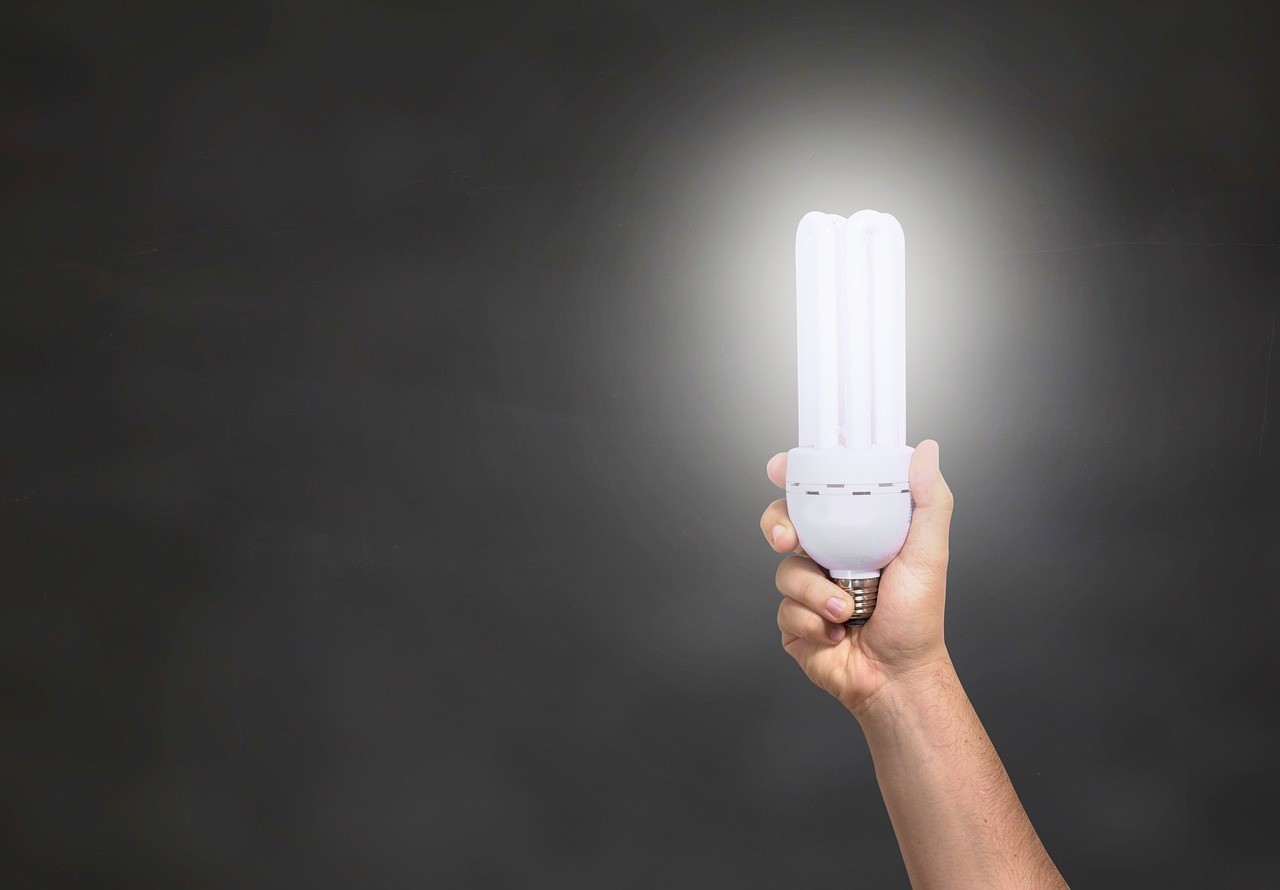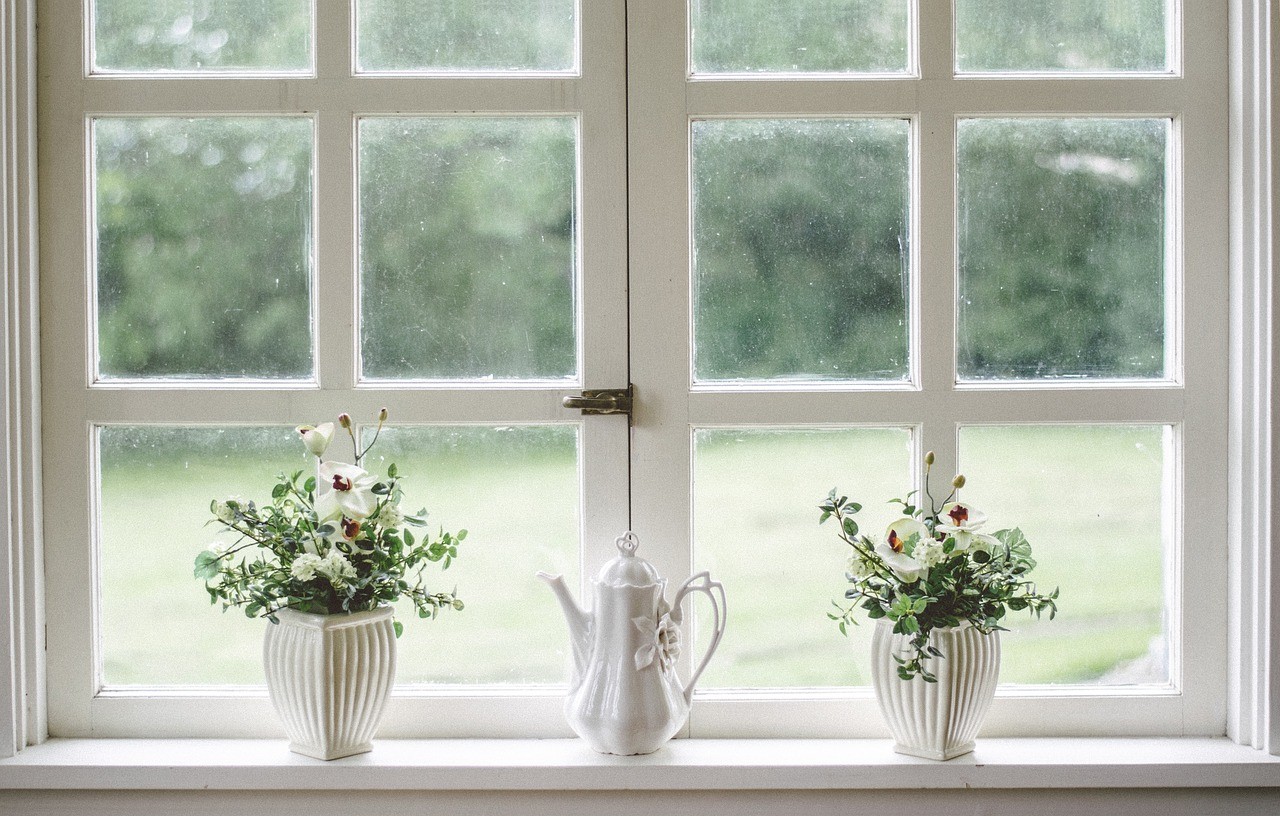In an era of rising utility costs and growing environmental concerns, saving energy at home is more crucial than ever.
This article presents seven simple and practical strategies to help you reduce energy consumption and cut down on bills.
Whether you're a budget-conscious homeowner or an eco-conscious individual, these tips offer practical solutions for a greener, cost-efficient lifestyle.

Energy-Efficient Lighting
Before delving into the specifics of energy-efficient lighting, it's essential to understand how a few simple changes can lead to significant savings on your energy bills.
By making smart choices and optimizing your lighting setup, you can substantially impact your home's energy consumption.
Switch to LED Bulbs
Making informed choices about lighting is crucial for energy efficiency at home. Here are the key advantages of LED bulbs over traditional incandescent and CFL bulbs:
- Energy Efficiency: LED bulbs save on electricity, reducing energy bills.
- Longevity: LED bulbs last longer, minimizing replacements.
- Durability: LEDs withstand shocks and vibrations.
- Instant Illumination: LEDs instantly reach full brightness.
- Directional Light: LEDs emit focused light, reducing the need for extras.
Use Motion Sensors and Timers
Integrating motion sensors and timers into your lighting system can bring about remarkable convenience and energy efficiency improvements. Here are five key benefits of installing these smart solutions for your lights:
- Energy Savings: Lights activate only when needed, cutting energy use.
- Security Boost: Motion sensors deter intruders by activating lights.
- Convenience: Lights auto-on/off when you enter/leave rooms.
- Longer Bulb Life: Fewer hours, longer-lasting bulbs, lower replacement costs.
- Personalized Schedules: Timers create custom lighting, enhancing your space.
Heating and Cooling
Maintaining a comfortable and energy-efficient home environment revolves around effective heating and cooling strategies. Here's how proper insulation and regular HVAC maintenance play crucial roles:
Proper Insulation
Insulation plays a critical role in maintaining temperature within your home. It acts as a barrier that helps regulate heat flow, preventing it from escaping during cold weather and keeping it out during hot weather. Here's why insulation is essential:
- Temperature Control: Insulation regulates indoor temperature, reducing the need for excessive heating and cooling.
- Energy Efficiency: Good insulation lowers energy consumption, reducing utility bills and environmental impact.
- Cost Savings: Proper insulation pays for itself by lowering heating and cooling costs.
- Comfort: Insulation minimizes drafts and temperature fluctuations, ensuring a more pleasant indoor environment.
- Protection: Insulation safeguards your home from extreme temperatures, preventing potential damage.
Regular HVAC Maintenance
Regular servicing of your heating and cooling systems offers numerous benefits. Here are the top five:
- Efficiency: Regular service ensures efficient operation, reducing energy waste.
- Lower Bills: Efficient systems lead to lower energy bills.
- Extended Lifespan: Maintenance prolongs the life of heating and cooling equipment.
- Improved Air Quality: Servicing helps maintain clean indoor air.
- Reliability: It reduces the risk of unexpected breakdowns and costly repairs.
Appliance Efficiency
Optimizing the efficiency of your appliances is a crucial consideration in pursuing a more energy-efficient and cost-effective home. Here's how you can achieve greater appliance efficiency:
Choose Energy-Star Rated Appliances
Energy Star ratings matter because:
- Efficiency Verification: They confirm energy-efficient performance, lowering utility bills.
- Environmental Impact: They reduce emissions and promote sustainability.
- Cost Savings: Energy Star appliances save money with efficient operation.
- Quality Assurance: The label signifies dependable, high-quality appliances.
- Incentives: Rebates and incentives often apply to Energy Star products, increasing affordability.
Unplug or Use Power Strips
To manage standby power consumption:
- Power Strips: Use and switch off power strips for multiple devices.
- Unplug Chargers: Disconnect chargers after use.
- Sleep Mode: Set computers and consoles to sleep mode.
- Smart Plugs: Employ smart plugs for remote control.
- Energy-Efficiency: Opt for devices that use less standby power.
These actions minimize energy waste and save on electricity costs.

Energy-Efficient Windows and Doors
Energy-efficient windows and doors are crucial for an energy-efficient home, preserving comfort and cutting energy use. Here's their contribution:
Install Energy-Efficient Windows
Energy-efficient windows curb heat loss through:
- Multiple Panes: They use various panes and insulating gas to limit heat transfer.
- Low-E Coatings: Low-E coatings reflect heat inward while allowing light through.
- Thermal Breaks: Frames with thermal breaks reduce heat escape.
- Improved Seals: Enhanced weatherstripping and seals eliminate drafts.
- Proper Installation: Professional installation ensures an airtight fit.
Seal Gaps and Cracks
To seal gaps around windows and doors:
- Weatherstripping: Apply it to the door and window edges for a tight seal.
- Caulking: Seal gaps in frames and walls with caulk.
- Door Sweeps: Block drafts under exterior doors with door sweeps.
- Window Film: Improve insulation with insulating window film.
- Draught Excluders: Use them at door bases to seal gaps.
Smart Thermostats
Smart thermostats have revolutionized home heating and cooling systems, offering several advantages over traditional thermostats. Here are the key benefits of using smart thermostats:
- Energy Savings: Smart thermostats optimize heating and cooling, reducing energy consumption and utility bills.
- Remote Control: You can adjust settings remotely through smartphone apps for convenience and energy efficiency.
- Customized Schedules: Create personalized heating and cooling schedules to suit your preferences and needs.
- Integration with Smart Homes: Easily integrate them into your smart home ecosystem for seamless control and automation.
- Environmental Impact: Smart thermostats contribute to a smaller carbon footprint by reducing energy usage and promoting sustainability.
How Smart Thermostats Can Optimize Heating and Cooling
Smart thermostats have revolutionized home temperature control. Here's how they optimize heating and cooling:
- Learning Algorithms: Smart thermostats learn your preferences and adjust schedules for efficiency.
- Remote Access: Control temperature remotely via smartphone apps for comfort and savings.
- Zoning: Create customized zones to tailor temperatures in different areas of your home.
- Geofencing: Automatically adjust settings as you leave or approach home, conserving energy.
- Weather Integration: Utilize weather forecasts to adapt heating and cooling settings for maximum efficiency.
Regular Appliance Maintenance
Regular appliance maintenance is vital for efficiency and energy savings. It keeps appliances operating optimally, reducing energy usage and costs while preventing expensive repairs.
Neglecting maintenance can lead to inefficiency, higher bills, and potential breakdowns.
Tips for Energy Efficiency
Proper appliance maintenance ensures efficiency, longevity, and energy savings. Here are five essential tips:
- Clean/Replace Filters: Maintain peak performance by cleaning or changing filters in appliances like HVAC systems and vacuum cleaners.
- Check Seals/Gaskets: Inspect and clean seals/gaskets on fridges and ovens to prevent air leaks.
- Remove Lint/Debris: Clean lint traps in dryers and clear coils in refrigerators/freezers for better efficiency.
- Inspect Water Connections: Prevent water damage by checking washing machines, dishwashers, and water heaters for leaks.
- Schedule Professional Maintenance: Arrange annual professional maintenance for HVAC systems and water heaters to address issues and ensure efficiency.
Behavior Changes
Behavior changes can significantly impact energy efficiency at home, leading to cost savings and environmental benefits. Here are some fundamental behavior changes to consider:
- Thermostat Adjustment: Set your thermostat efficiently, lower in winter and higher in summer when away or sleeping.
- Unplugging Devices: Eliminate standby power by unplugging chargers, appliances, and electronics when not in use.
- Energy-Efficient Lighting: Switch to LED bulbs and turn off lights in unoccupied rooms to save on electricity.
- Proper Insulation: To maintain indoor temperature, ensure doors and windows are tightly closed.
- Water Conservation: Reduce water consumption by fixing leaks and using water-saving fixtures.
Concluding Thoughts
Implementing these seven simple ways to save energy at home can significantly reduce your utility bills while contributing to a more sustainable and environmentally responsible lifestyle.
By making energy-efficient choices and adopting smart practices, you enjoy immediate financial benefits and play a part in conserving valuable resources for future generations.



